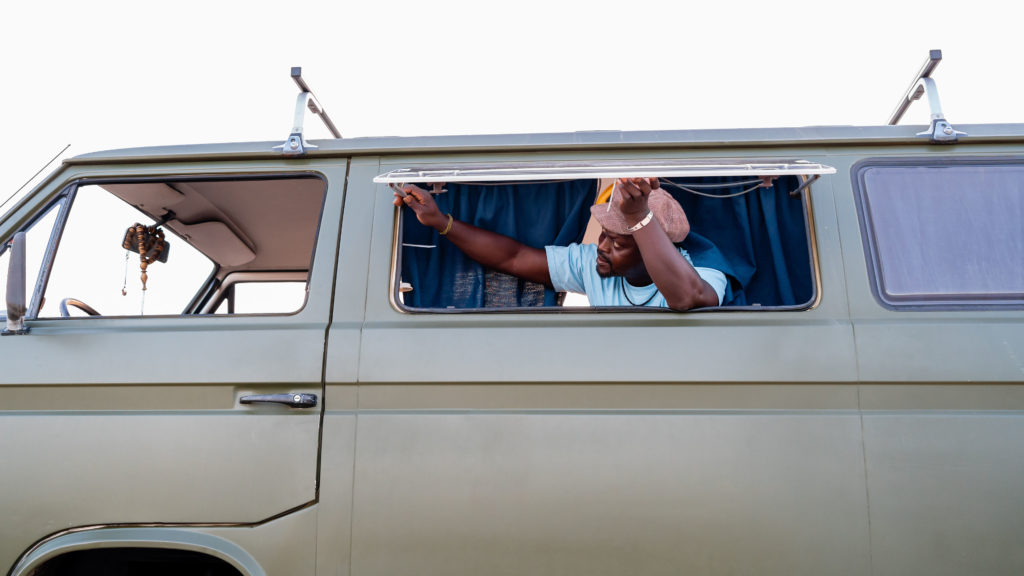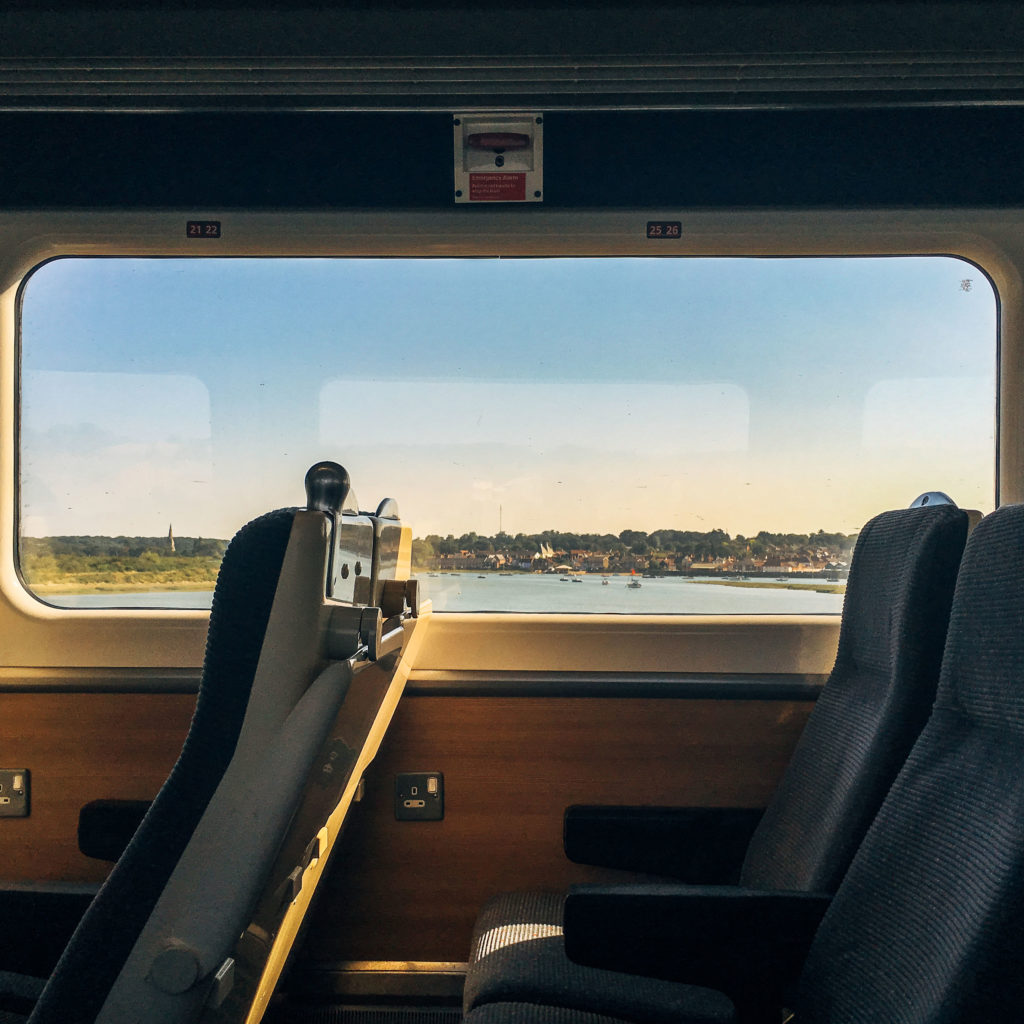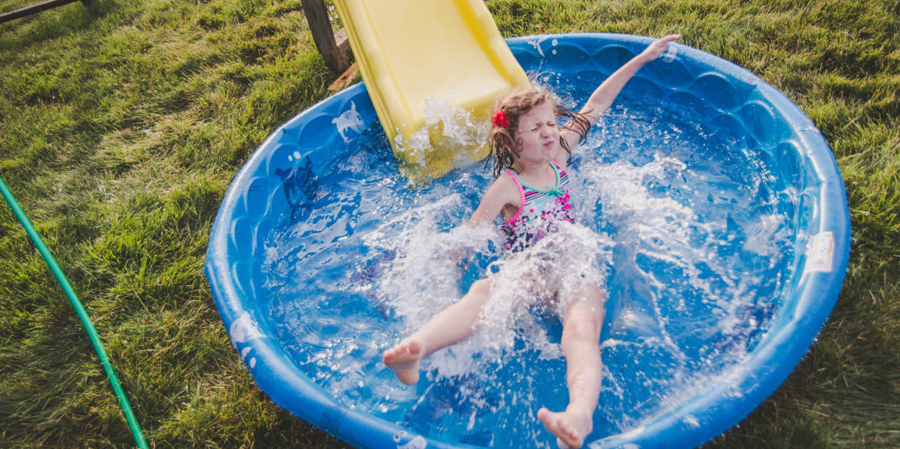Move as an arena has been fundamentally impacted by both contextual factors (pandemic, populist movements, climate change) and technological steps forward (AI, autonomy, 5G) and there is a sense that the arena is both being held back as well as trying with all its might to step forward. The move arena faces a battle to move in and of itself.
These contextual factors (particularly the pandemic) have created a (potentially short term) shift from regular, simple, and straightforward vacations to a rise in the staycation – simply through necessity, but also perhaps through a sense that the middle classes are ‘over-traveled’. This in turn has seen consumers look more inward than outward – considering what is important in life, what is right in front of them – and we see a desire from consumers to be, and not just do. To think more about the ‘what’ to experience rather than the ‘where’.
Consumers tell us that they are finding beauty on their doorsteps, they are thinking more about what really matters in life and are taking stock of what is right in front of them. Research with particularly ‘resilient’ consumers during the pandemic has shown that behaviors of highly resilient people boil down to 1) close personal connections 2) exploration of the world (even on a small scale) and 3) learning, personal enrichment and creativity are the things that those with low resilience neglect. We’ve seen a rise in self-build campervans, micro-adventures (camping in the garden, cooking on the beach) and a desire to enrich aspects of life previously neglected (hobbies and cooking) or consider the movement of the sense of self (applications to the Open University sky rocketed during the pandemic). Political factors like Brexit, the US election/ immigration policy, and populist movements in Europe have forced consumers to look more inwards at their own countries and environments – fueling desire to look around them.

Brands have an opportunity to capitalize here, considering the concept of ‘everyday magic’ and serendipity in everyday life – helping enrich the most simple and basic of experiences that do not require huge movement, but are also memorable and precious. Disney thinks a great deal about this, thinking carefully about how to create magic in the simplest of moments (e.g. there is only one Mickey at Disneyland – you do not want to see him twice to spoil the magic).
That said, a tension exists – with critics pointing out that things are likely to simply return to normal post pandemic, with consumers also yearning for movement that they have missed – they are not wrong, but the question is whether consumers will yearn for the same time of movement. We also see rises in a desire/ search for immersive long-term experiences – activity holidays, searches for ’10 things to do before you die’ – there is a recognition that life is too short and it’s important not to have regrets. Is there an opportunity for brands here – to capitalize on the innate human desire to experience things, places, and ideas. Airlines, travel companies and mobility brands would do well to think harder about the journey as well as the destination, as we may see consumers seek more immersive, more well planned but less regular experiences.
Airlines, travel companies and mobility brands would do well to think harder about the journey as well as the destination, as we may see consumers seek more immersive, more well planned but less regular experiences.

Tied to this are predictions and consumer desires around business travel. We’ve all spent the last 18 months speaking in to boxes on screens, with Microsoft and Zoom both seeing their stock and brand value (link to BGB) skyrocket in last years’ valuations. This, combined with continued focus on environmental responsibility (even from the major airlines who are also looking at improved links with short haul rail networks to reduce domestic flights) surely means that the days of mass volume business travel (at least for short haul) are numbered.
Most airlines made good money from business class travel pre-pandemic, and it’s clear that this sector is ripe for innovation with opportunities for aircraft re-configuration, emergence of new revenue streams and reimagining what business class travel experiences will and could look like in the short-medium term future. Arguably the desire for experiential, with robust planning for immersive experiences should feel exciting and not daunting for the airline industry – it should create a real platform to differentiate what have become ‘sky coaches’ with passengers crammed in to aircraft, to something much more fulfilling, immersive, and better yet, sustainable.
The business model will need to dramatically change, moving some airlines (at the ore premium end of the spectrum) to become more about quality than quantity. Will we see a new segmentation of brands from the airline industry, akin to the automotive market? Will we see new tiers in in-flight experience and new configurations in business class and economy? How can airlines realize new experiential opportunities realized by technological advancements in entertainment, gaming and improved links to the experiences fliers are journeying towards.
…
This article first appeared in www.interbrand.com
Seeking to build and grow your brand using the force of consumer insight, strategic foresight, creative disruption and technology prowess? Talk to us at +971 50 6254340 or mail: engage@groupisd.com or visit www.groupisd.com/story


